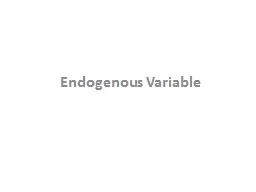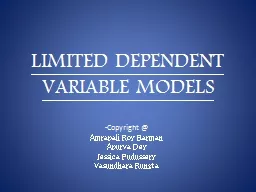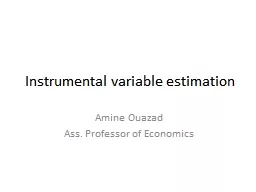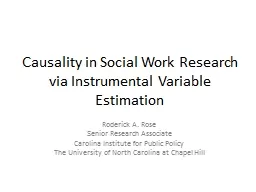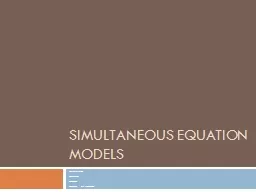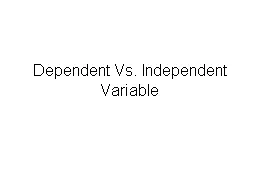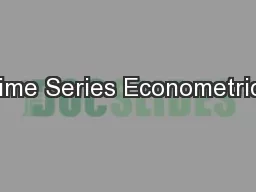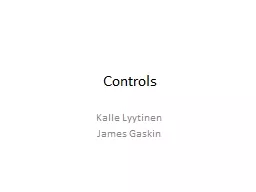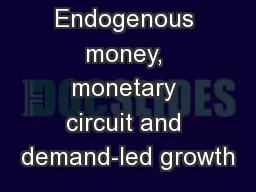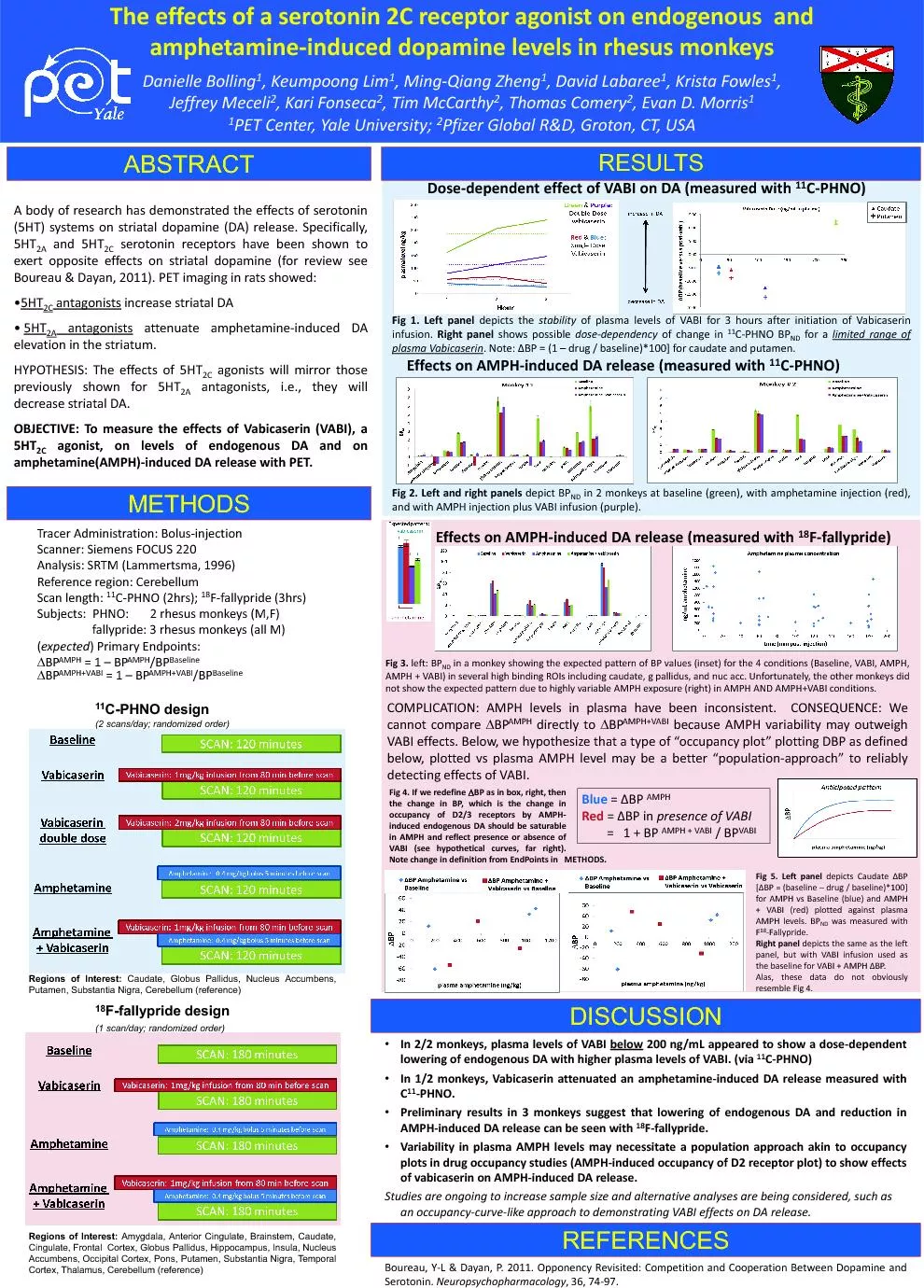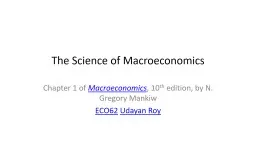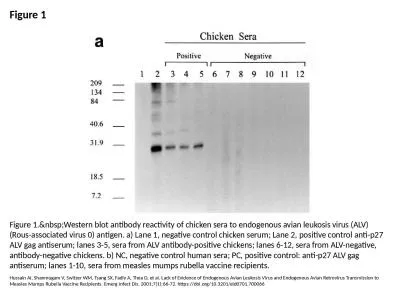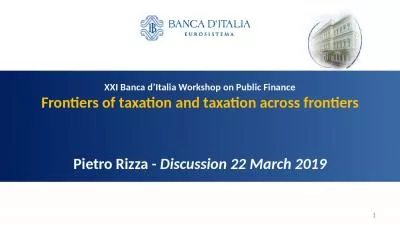PPT-Endogenous Variable
Author : kittie-lecroy | Published Date : 2016-04-05
Formulating a Dynamic Hypothesis Once the problem has been identified and characterized over an appropriate time modeler must develop a theory called dynamic
Presentation Embed Code
Download Presentation
Download Presentation The PPT/PDF document "Endogenous Variable" is the property of its rightful owner. Permission is granted to download and print the materials on this website for personal, non-commercial use only, and to display it on your personal computer provided you do not modify the materials and that you retain all copyright notices contained in the materials. By downloading content from our website, you accept the terms of this agreement.
Endogenous Variable: Transcript
Download Rules Of Document
"Endogenous Variable"The content belongs to its owner. You may download and print it for personal use, without modification, and keep all copyright notices. By downloading, you agree to these terms.
Related Documents

